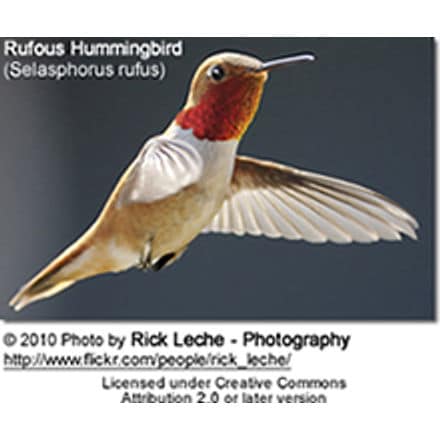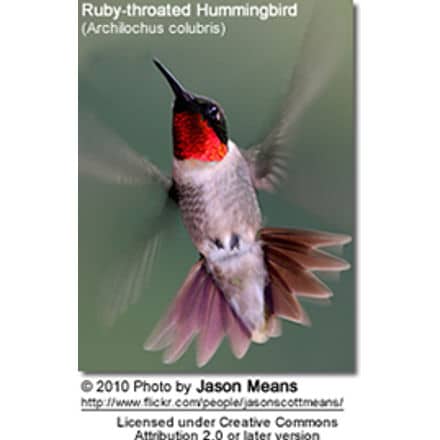Levaillant’s Woodpeckers
The Levaillant’s Woodpeckers aka Levaillant’s Green Woodpecker (Picus vaillantii) is a large member of the woodpecker family Piciformes. This species was named in honor of the French explorer, collector, and ornithologist, François Le Vaillant.
Distribution / Habitat
It occurs as a resident breeder in northwest Africa. Levaillant’s Green Woodpecker breeds in mountain forests up to the treeline at around 2000m.
Member of the Picidae Family: Woodpeckers … Sapsuckers … Flickers
Nesting
The nest is a hole in a tree, and 4-8 glossy white eggs are laid on wood chips. Levaillant’s Green Woodpecker is 30-33 cm in length with a 45-51 cm wingspan.
Description
It is very similar to the European Green Woodpecker, especially females of the Iberian race P. v. sharpei. Levaillant’s Green Woodpecker is dark green above and yellowish green below, with a crimson nape.
The black moustache has a pale border above. The rump is chrome yellow and the outer webs of the primaries (longest wing feathers) are barred black and white. The bill and feet are slate grey.
Males and females look alike except that the male has a crimson crown, whereas the female’s crown is grey. Like .P. v. sharpei, both sexes lack the black on the lores (the regions between the eyes and bill on the side of a bird’s head) and around the eye shown by most forms of the Green Woodpecker.
This Levaillant’s woodpeckers insect food is captured by a rapid outward flick of the long tongue and gummed to its tip by sticky saliva.
Though a large and heavy bird it has an easy, bounding flight.
Call / Song
The call is a loud ringing laugh, plue, plue, plue, very like the Green Woodpecker’s yaffle, but perhaps slightly faster.



